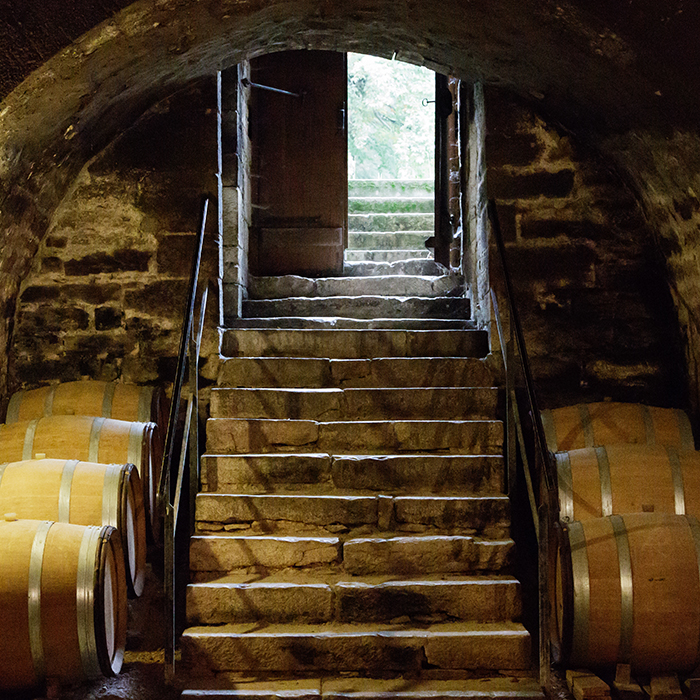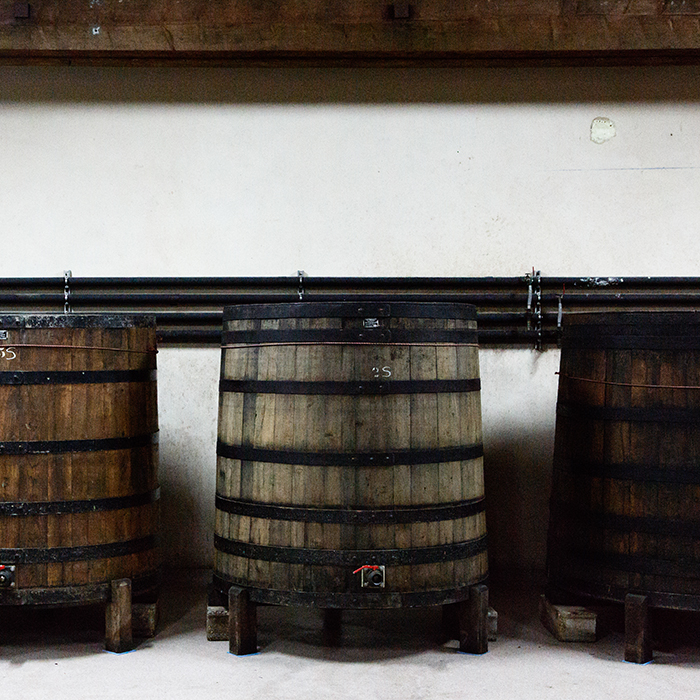Burgundy 2017: the merchant’s purpose
Author: Jared Ehret

Photograph: Jason Lowe
It wasn’t until somebody in the team mentioned during our visit to Domaine Guyon last evening that we were about to taste our 314th wine of the trip, that the sheer madness of our week’s work really dawned on me. Here we are, sampling, analysing and reviewing wines so immature most are not even bottled yet, let alone near ready to drink. Nevertheless, straight after Christmas, on 3rd January, these wines will be made available for sale en primeur and this is the first opportunity we have to properly assess the quality of last year’s vintage.
On the face of it, Burgundy is a simple, old place. Its 25,000 hectares of vines produce reds chiefly from Pinot Noir and whites from Chardonnay. Yet, those wines may fall under any one of up to 100 appellations, thousands of additional climats and lieux-dits, all before a four-tier quality classification is added. That initial simplicity is quickly shattered as one scratches the surface and tries to delve into the diversity of the region’s wine. For the consumer, this presents both an opportunity and a challenge.
As wine merchants, it is our role to select, present and justify a relatively small selection each year for our customers – I say “relatively small” selection, but our Burgundy Buyer Adam Bruntlett estimates our full 2017 offer will number over 2,000 lines by the time all domaines, crus and bottle sizes are included. There exists a great level of trust between the buyer and their merchant, an understanding that advice received and recommendations made might not be realised for decades to come, that is why it is so important we know our producers, their wines and what makes them special each year.
A perfect illustration was presented at Berry Bros. & Rudd favourite Domaine de la Vougeraie, where their full range of over 20 reds and whites was presented. Such breadth means there is a perfect wine for every cellar, the art is simply matching the right wine to the right owner. From perennial hit, Bourgogne Terres de Famille (the Blanc exhibiting far more lemon wax and white floral intensity this year than I can recall from previous vintages) all the way to the dizzying heights of Bonnes-Mares (a wine whose note I’m not ashamed to report lacked technical details but was emphatic with praise).

Photograph: Jason Lowe
In 2017, the character of the terroir is expressed in spades. If you have a favourite wine from any given producer, you will revel in the ‘17’s purity, concentrated fruit and unmistakable sense of place. If you are selecting more broadly, seek our advice and we’ll be delighted to help you navigate the daunting portfolio offered. This, after all, is the job of the merchant, providing the link between those who make the wine, and those who drink it.
So, when it comes time what should you be buying and why? Initial impressions are that 2017 is certainly a vintage worthy of addition to your cellar. To the relief of vignerons up and down the Côte, quantities have returned to normal following years of disaster-stricken harvests so there should be plenty more opportunity to secure the wines you want. Much has already been written on the general quality of the whites and they will certainly be in great demand, but my biggest tip this year is to take the opportunity to be adventurous in your selection of red too.
The reds of Beaune, in particular, have been an absolute treat to taste this week and for buyers seeking better-value wines that will deliver great pleasure in the medium-term, Savigny, Volnay and Corton should not be overlooked. Domaine Rossignol-Trapet’s Teurons, for instance, is once again a bright and cherry-filled fine, nimble affair with a touch of dried herbs and silky texture that would receive far more attention if produced in the Côte de Nuits. Guyon’s Savignys especially are not simply making up the numbers – tasting Les Planchots and Les Peuillets side by side proves the complexity and interest that can be found in these terroirs when treated with care by a skilled winemaker.
Thursday was capped off by dinner with Jean-Pierre and Isabelle Guyon and several back vintages from their domaine, including the 1995 and 1996 Échezeaux. My previous bafflement at our seemingly impossible aim this week was swiftly quashed. The ineffable pleasure of enjoying a mature bottle of wine selected years ago, perhaps through hunch or by recommendation was plainly evident. How you came about that decision doesn’t really matter, you’ll simply be delighted you did. We visit our final few producers on Friday before returning to the UK invigorated and excited to share all of our hints, tips and recommendations for the 2017 Burgundy vintage with you.
Read more about our team’s trip so far here and come back tomorrow for their final report.


